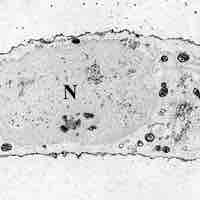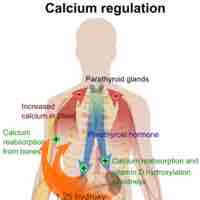Chapter 6
Skeletal System
By Boundless
The musculoskeletal system is an organ system that enables an organism to move, support itself, and maintain stability during locomotion.
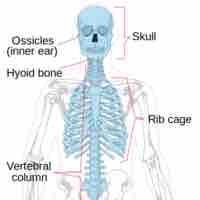
The axial skeleton functions to support and protect the organs of the dorsal and ventral cavities and serves as a surface for the attachment of muscles and parts of the appendicular skeleton.
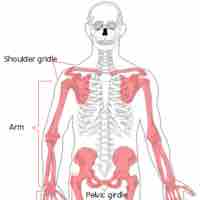
The appendicular skeleton includes the skeletal elements within the limbs, as well as supporting pectoral and pelvic girdles.
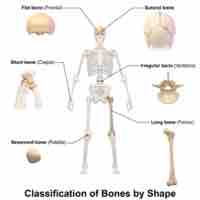
All the bones in the body can be described as long bones or flat bones.

The blood and nerve supply to bones are carried in Haversian canals that run along the long axis of bones.
The basic microscopic unit of bone is an osteon, which can be arranged into woven bone or lamellar bone.
Acid-base imbalances, including metabolic acidosis and alkalosis, can produce severe, even life-threatening medical conditions.
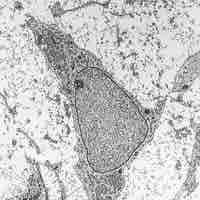
During fetal development, bone tissue is created through intramembranous ossification and endochondral ossification.
Secondary ossification occurs after birth at the epiphyses of long bones and continues until skeletal maturity.
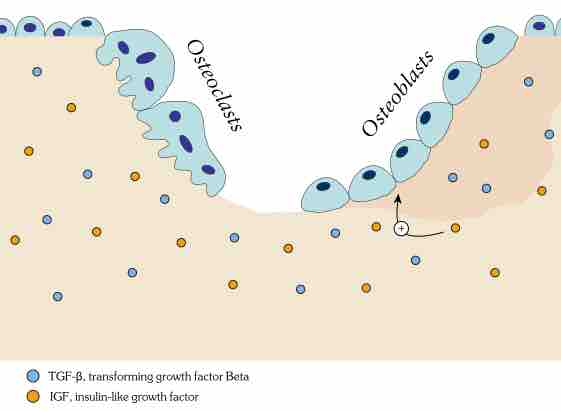
Bone remodeling or bone turnover is the process of resorption followed by replacement of bone and occurs throughout a person's life.
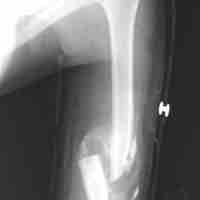
Bone fractures are repaired through physiological processes in the periosteum via chrondroblasts and osteoblasts.
